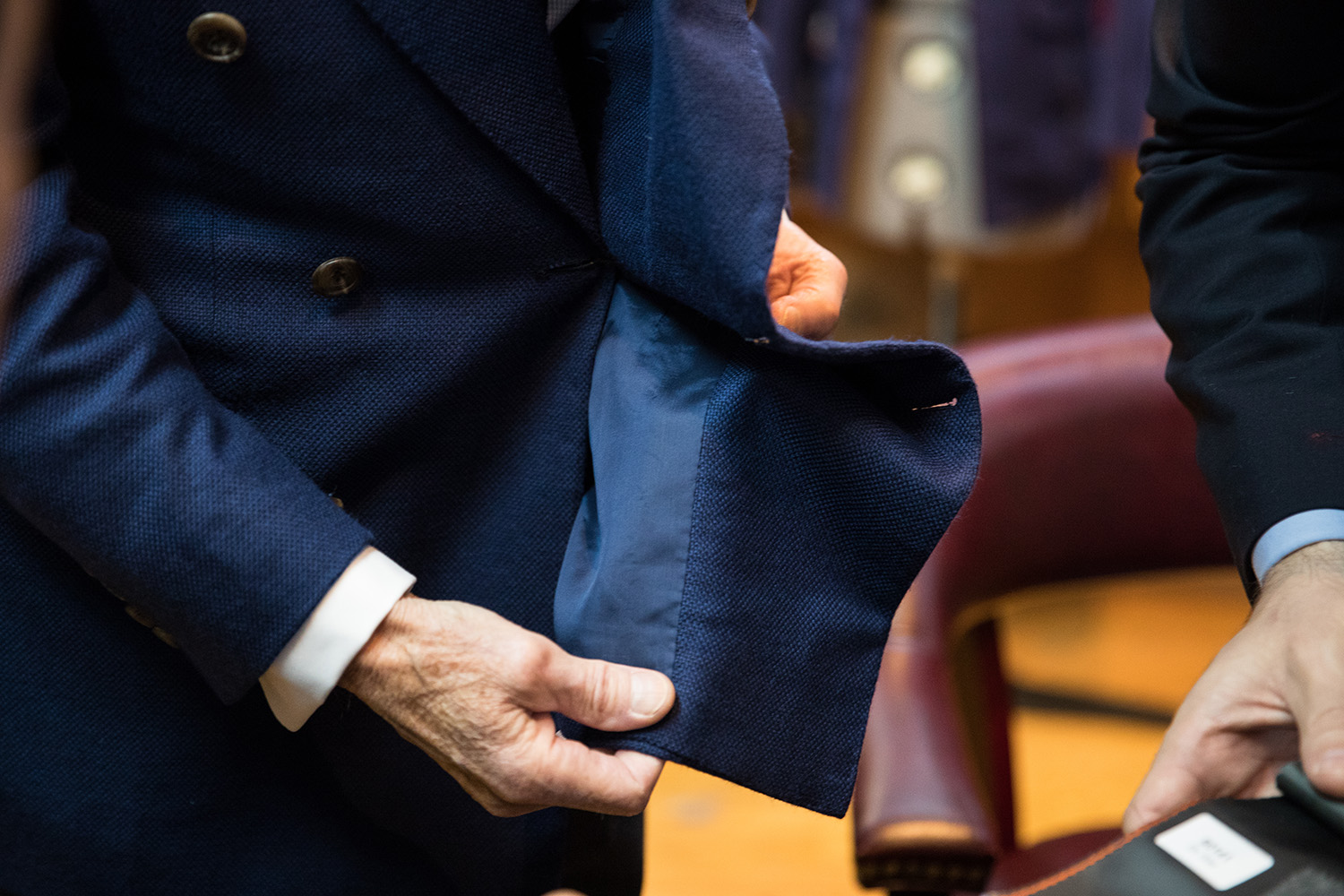Table of Contents
In the ever-evolving world of fashion, creativity is the currency of the future. The journey of a leading fashion designer is one filled with inspiration, precision, and a relentless drive for innovation. Behind every glamorous runway show or meticulously crafted collection lies an unseen world, one where visions are molded into reality. It is in this space where the fashion design process unveiled reveals the true artistry and dedication of the designer.
The Spark of Inspiration
For any leading fashion designer, the creative process begins long before a sketch is made or fabric is chosen. It often starts with a spark—a fleeting moment of inspiration. This could be anything from the vibrant hues of a sunrise over the ocean, the textured walls of an old building, or a work of art that stirs something deep within. Designers are constantly absorbing the world around them, finding beauty in the mundane and extraordinary alike. This acute awareness of their surroundings allows them to transform these moments into wearable art.
Once that initial idea forms, it becomes a journey of evolution. Mood boards are often the first step, where the designer assembles images, colors, and textures that communicate the emotion and tone of the upcoming collection. These boards are a visual representation of the creative journey of designers, guiding them as they move forward with their ideas.
The Technical Mastery of Fashion Design
Though creativity fuels the process, the road from inspiration to execution is paved with technical expertise. The fashion design process unveiled is intricate, requiring a deep understanding of materials, tailoring, and construction. At this stage, designers collaborate with pattern makers and seamstresses to bring their vision to life.
The work behind the scenes can be grueling, with attention paid to every tiny detail. From the cut of the fabric to the placement of a single button, the craftsmanship behind each piece is meticulous. Designers may go through multiple iterations of a garment before they achieve perfection. Each fitting and adjustment brings them closer to realizing their vision.
Moreover, the selection of materials plays a critical role in the outcome of a design. The tactile quality of fabric can completely alter the feel of a garment. Whether it’s the luxurious drape of silk or the structured firmness of wool, the fabric choice is essential in reflecting the overall aesthetic of the collection.
The Role of Innovation in Fashion
A leading fashion designer is not only an artist but also an innovator. In an industry where trends evolve rapidly, staying ahead of the curve is vital. Designers are constantly experimenting with new techniques, materials, and technologies to push the boundaries of fashion.
For instance, some designers are embracing sustainable fashion, using eco-friendly fabrics or upcycled materials in their collections. Others are incorporating digital technology, using 3D printing or virtual fashion shows to present their designs in novel ways. The blend of tradition and innovation is what allows designers to stay relevant in a competitive industry.
This innovation is not just limited to the physical garments themselves. Many designers are rethinking the entire experience of fashion. From how collections are presented to how customers interact with their brand, there is a shift towards creating immersive and personalized experiences. This holistic approach to design is part of the creative journey of designers, as they not only craft clothes but also the narrative that surrounds their collections.
The Runway: A Culmination of Effort
The most visible part of the behind the scenes fashion world comes when a collection is showcased on the runway. But while the audience marvels at the seamless flow of garments and the models gliding down the catwalk, what they don’t see is the months of hard work and countless hours that went into each piece. The runway show is a culmination of a designer’s vision, technical skill, and the collaboration of many talented individuals.
Before the show, there’s often a controlled chaos backstage. Models are dressed, last-minute adjustments are made, and the atmosphere is electric with anticipation. For the designer, this is both the most exciting and nerve-wracking moment of the entire process. It’s their chance to communicate their creative vision to the world, and they are acutely aware of how fleeting these moments can be.
Beyond the Glamour
While the runway and photo shoots may seem like the epitome of glamour, life behind the scenes is far from glamorous. A leading fashion designer spends endless hours in studios, surrounded by fabric swatches, sketches, and sewing machines. The process requires not only artistic talent but also resilience, patience, and the ability to solve complex problems under pressure. Deadlines can be tight, and the stakes are high—especially during fashion week, when designers often have to present multiple collections in rapid succession.
But it is precisely this behind-the-scenes work that defines a designer. It’s their dedication to every aspect of the process that ultimately translates into a cohesive and inspiring collection.
Conclusion: The Journey of a Fashion Designer
The fashion design process unveiled is one of both inspiration and perspiration. From initial concepts to the final runway show, the designer’s journey is a blend of creativity, skill, and determination. While the public may see the final product, it’s the behind-the-scenes efforts that make it all possible. Whether through innovation, collaboration, or sheer artistry, leading fashion designers continue to push the boundaries of what fashion can be, ensuring that their creative journey leaves a lasting impact on the world.
Fashion, after all, is not just about clothing—it’s about storytelling, expression, and the human experience, all brought to life through the work of those who dare to dream big.


More Stories
Fashion Designer Trends Shaping the Industry
Exclusive Interview with a Revolutionary Fashion Designer
Becoming a Fashion Designer: What It Takes